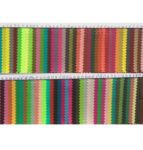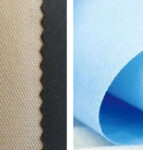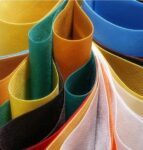What Are Tents Made Of? A Look at the Different Materials Used
Tents have been used for shelter for thousands of years, and the materials used to make them have evolved over time. From traditional canvas to modern synthetic fabrics, there are many options available for tent construction. Learn about the different materials used to make tents and their unique properties.
Canvas: The Classic Tent Material.
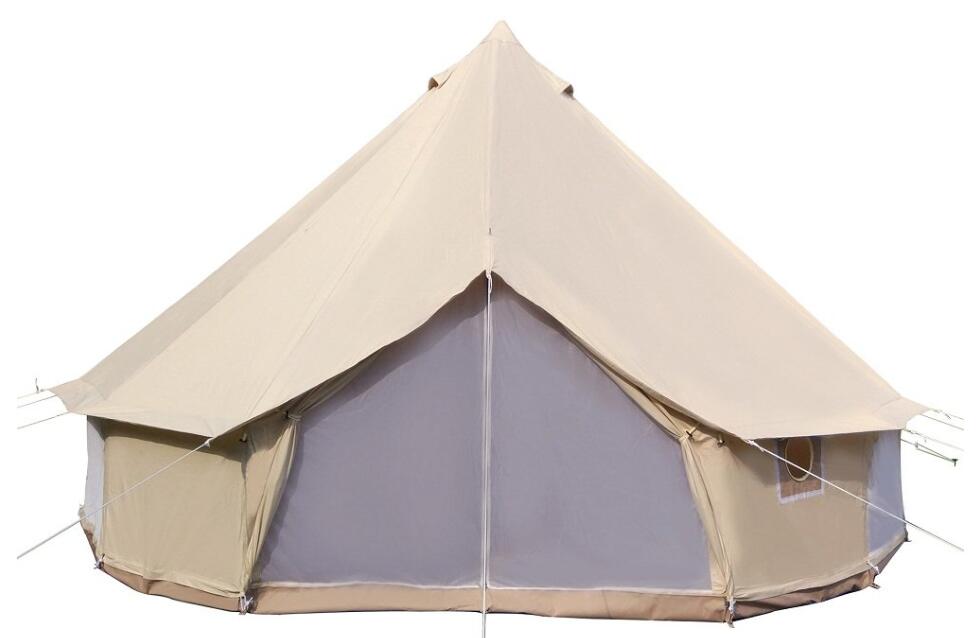
Canvas has been used for tent construction for centuries and is still a popular choice today. It is a durable and breathable material that can withstand harsh weather conditions. Canvas tents are also known for their ability to insulate against both heat and cold, making them a great option for camping in any season. However, canvas tents can be heavy and bulky, making them less convenient for backpacking or hiking trips.
Pros:
Durable: Canvas is a long-lasting material that can stand up to wear and tear. It is also resistant to UV radiation, which means it can be used for many years without breaking down or becoming brittle.
Insulating: Canvas provides better insulation than synthetic materials, which makes it ideal for use in cold or hot weather.
Breathable: Canvas is a breathable material that allows moisture to circulate, which can reduce the likelihood of condensation and make for a more comfortable sleeping experience.
Water-resistant: Canvas is water-resistant, meaning it can withstand light rain and dew without leaking. It can also be treated with wax or other coatings to improve its water resistance.
Classic look: Canvas tents have a classic look that many people find appealing.
Cons:
Heavy: Canvas is a heavy material, which makes it less portable and more difficult to transport than synthetic materials.
Longer drying time: Canvas takes longer to dry than synthetic materials and can be prone to mold and mildew growth if not properly cared for.
More expensive: Canvas tents are typically more expensive than synthetic tents due to their higher-quality materials and construction.
Requires maintenance: Canvas requires regular maintenance to maintain its water resistance and prevent mold growth. This maintenance typically involves applying wax or other coatings and storing the tent in a dry place when not in use.
Nylon: Lightweight and Durable.
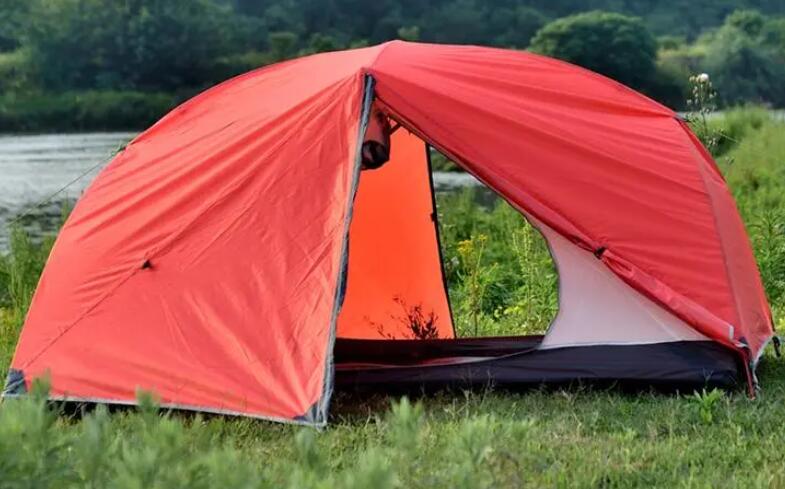
Nylon is a popular material for modern tent construction due to its lightweight and durable properties. It is a synthetic fabric that is resistant to water and UV rays, making it a great option for camping in wet or sunny conditions. Nylon tents are also easy to pack and transport, making them a popular choice for backpackers and hikers. However, nylon tents may not provide as much insulation as canvas tents, so they may not be the best option for camping in extreme weather conditions.
Pros:
Lightweight: Nylon is a lightweight material, making it perfect for backpackers and other activities where weight is a concern.
Water-resistant: Nylon is water-resistant and dries quickly, which makes it ideal for use in wet conditions.
Durable: Nylon is a strong and durable material that can withstand regular use and exposure to the elements.
Flexibility: Nylon has some flexibility, which makes it less prone to tearing or damage when used in windy conditions or when the tent is pitched on uneven terrain.
Packability: Nylon can be packed very small, making it easy to transport and store.
Cons:
Not UV resistant: Nylon is less resistant to UV radiation than other synthetic materials like polyester, which means it may break down and become brittle over time with prolonged sun exposure.
Less stable in wind: Nylon can be less stable in windy conditions compared to other materials like canvas or polyester, which can make it more difficult to sleep.
Sagging: Nylon can sag when wet, which can reduce the stability of the tent and create unwanted gaps or openings.
Noise: Nylon can be noisy in high winds or when it rubs against parts of the tent frame, which may be distracting or disruptive to some campers.
Polyester: Water-Resistant and Affordable.
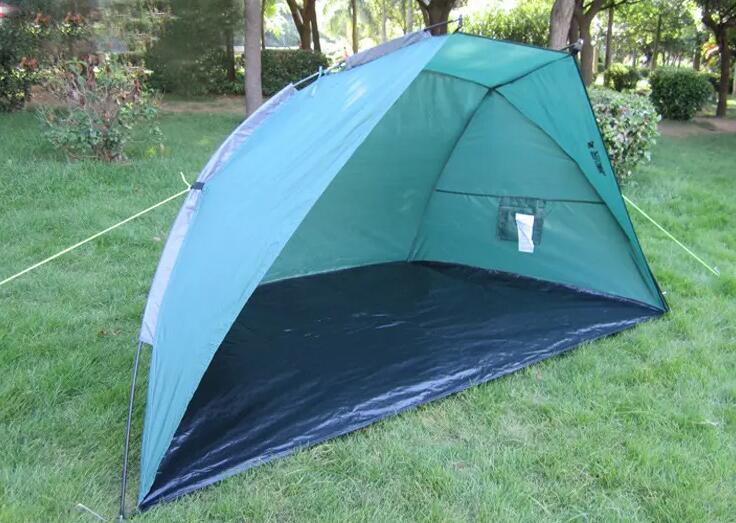
Polyester is another popular material used in tent construction. It is a synthetic fabric that is known for its water-resistant properties, making it a great option for camping in wet conditions. Polyester tents are also affordable and lightweight, making them a popular choice for casual campers. However, polyester may not be as durable as other materials and may not provide as much insulation, so it may not be the best option for camping in extreme weather conditions.
Pros:
Affordable: Polyester is often less expensive than other materials, making it a great option for budget-conscious campers.
Durable: Polyester is a durable fabric that can withstand wear and tear from regular use, including exposure to sun and rain.
Lightweight: Polyester is a lightweight material, which makes it easy to pack and transport.
Water-resistant: Polyester is naturally water-resistant, and many tents made from this material are treated with additional coatings to improve their water resistance.
Quick-drying: Polyester dries quickly, making it ideal for use in wet conditions.
Cons:
Breathability: Polyester is not as breathable as other materials, which can lead to condensation and discomfort in humid or warm conditions.
UV resistance: While polyester is resistant to some weather conditions, it is not as resistant to UV radiation as other synthetic materials like nylon.
Noisy: Polyester can be noisy in high winds or when it rubs against parts of the tent frame, which may be distracting or disruptive to some campers.
Poly-Cotton: The Best of Both Worlds.
Poly-cotton is a blend of polyester and cotton, combining the best properties of both materials. The cotton provides breathability and comfort, while the polyester adds durability and water resistance. Poly-cotton tents are a popular choice for camping in a variety of conditions, as they offer a good balance of comfort and practicality. They are also relatively easy to care for and maintain, making them a great investment for frequent campers.
Pros:
Breathable: Poly-cotton is more breathable than synthetic materials like nylon or polyester, which allows for better air circulation and reduces the likelihood of condensation.
Insulating: Poly-cotton provides better insulation than synthetic materials, which makes it ideal for camping in both cold and warm climates.
Durability: Poly-cotton is more durable than cotton alone, which means it can withstand exposure to the sun and rain better than traditional cotton tents.
Water-resistant: Poly-cotton is treated with a water-resistant coating to improve water resistance while retaining breathability.
Comfortable: Poly-cotton feels softer and more comfortable than synthetic materials, which can make for a more comfortable sleeping experience.
Cons:
Heavier: Poly-cotton is heavier than synthetic materials like nylon or polyester, which can make it more cumbersome to pack and transport.
Longer drying time: Poly-cotton takes longer to dry than synthetic materials and is less suitable for wet weather conditions.
More expensive: Poly-cotton tents are typically more expensive than nylon or polyester tents due to their higher-quality materials and construction.
Gore-Tex: The Ultimate in Waterproofing.
Gore-Tex is a highly advanced material used in some of the most high-end tents on the market. It is a waterproof and breathable fabric that is made up of multiple layers, including a membrane that allows water vapor to escape while preventing water from entering. This makes it ideal for camping in wet and rainy conditions, as it keeps you dry while also allowing your body to breathe. Gore-Tex is also incredibly durable and long-lasting, making it a great investment for serious campers and outdoor enthusiasts.
Pros: Gore-Tex is a lightweight and breathable fabric that provides excellent protection against the elements. It is ideal for use in harsh weather conditions or when high-performance gear is required. Additionally, its durability is often excellent.
Cons: Gore-Tex is expensive, which can be a deterrent for some campers. It is also less commonly available than other materials, which can make finding a tent made of Gore-Tex more difficult.
Mesh:
Mesh fabric is typically used for the windows and doors of tents to provide ventilation while keeping insects out. In some cases, entire tent walls may be made of mesh for added breathability. Here are some additional details on mesh material for tents:
Pros: Mesh panels help reduce condensation inside the tent by increasing airflow, and also provide good ventilation on hot summer nights. Additionally, they keep bugs out, which is useful when camping in areas with lots of mosquitoes or other insects.
Cons: Mesh is not well-suited for use in colder weather or heavy rain because it provides little insulation or protection. Additionally, it can be less durable than other materials, especially when used in high-stress areas like the floor of the tent.
PVC:
PVC (polyvinyl chloride) material is sometimes used for tent construction, particularly for larger party or event tents. PVC tents tend to be waterproof, durable, and resistant to UV radiation. Here are some additional details:
Pros: PVC is a very durable and waterproof material that is commonly used in commercial and industrial tents. It is ideal for use in harsh weather conditions or when long-term durability is a concern.
Cons: PVC is heavy and less breathable than other materials, which can make it uncomfortable to use in mild weather. It is also less environmentally friendly than other materials, which may be a concern for some campers.
Here are another questions you may concern:
How much is a tent?
The cost of a tent can vary widely depending on a number of factors, including the size, materials used, brand, and level of quality. Inexpensive tents can be found for as little as 20−30, while high-end models can cost several hundred or even thousands of dollars. Mid-range tents typically range from 100−300. It’s important to keep in mind that investing in a higher-quality tent that is suited to your specific needs can save you money in the long run by lasting longer and providing a better camping experience.
How much is a tent rental?
The cost of renting a tent varies depending on a number of factors, including the size of the tent, the duration of the rental period, and the location of the rental company. In general, smaller tents can be rented for as little as 50−100 per day, while larger event tents can cost several thousand dollars a day to rent. The rental cost may also include additional fees for delivery, setup, and takedown. It’s important to get a quote from the rental company and read through the rental agreement carefully to understand all costs and terms before committing to a rental.
In conclusion, tents are made of a variety of materials that offer different benefits and drawbacks depending on their intended use. Synthetic materials like nylon and polyester are lightweight and water-resistant, making them ideal for backpackers and other outdoor enthusiasts. Natural materials like canvas and poly-cotton provide better insulation and breathability but are heavier and less water-resistant. Mesh fabric is used for ventilation and bug protection, while PVC is a popular choice for larger event tents due to its durability and waterproofness. Understanding the different materials used in tent construction can help consumers make informed decisions about which type of tent may be best suited for their needs.

